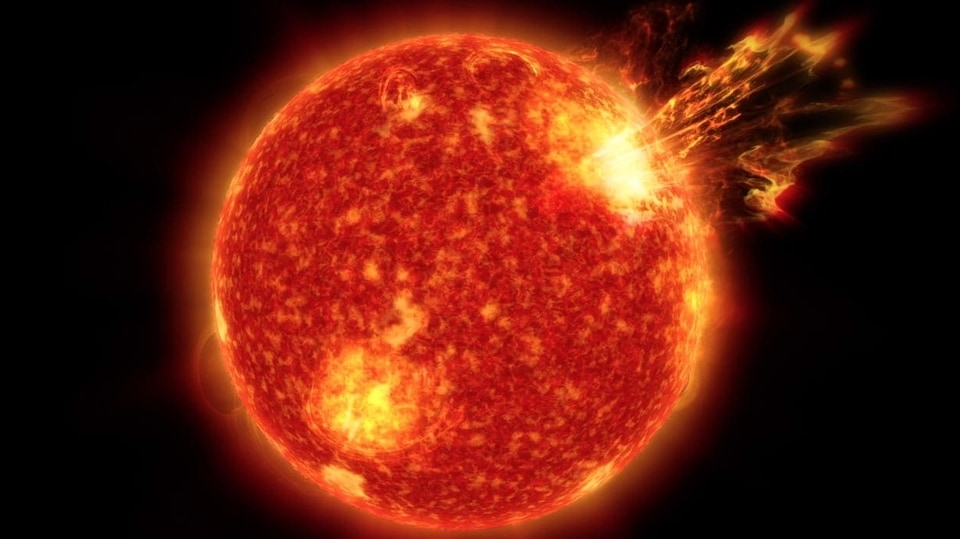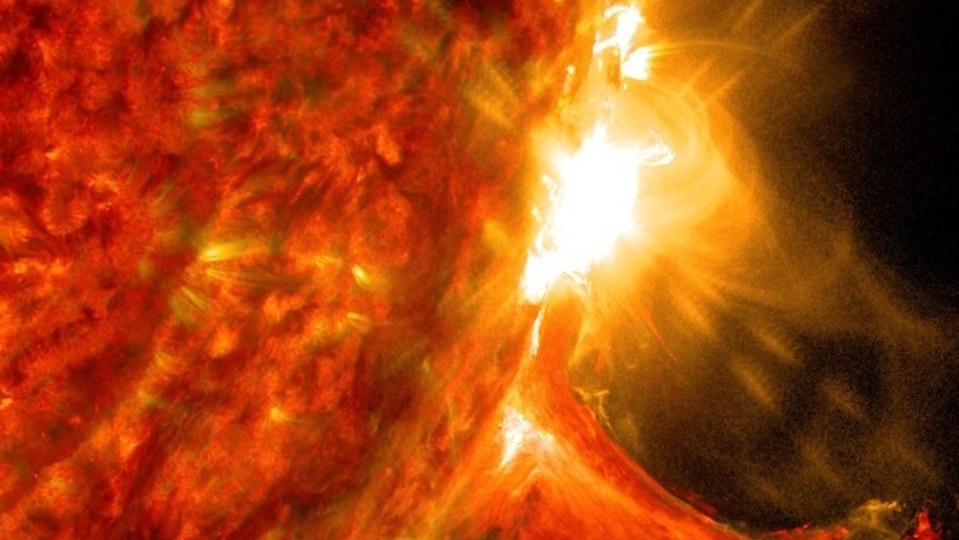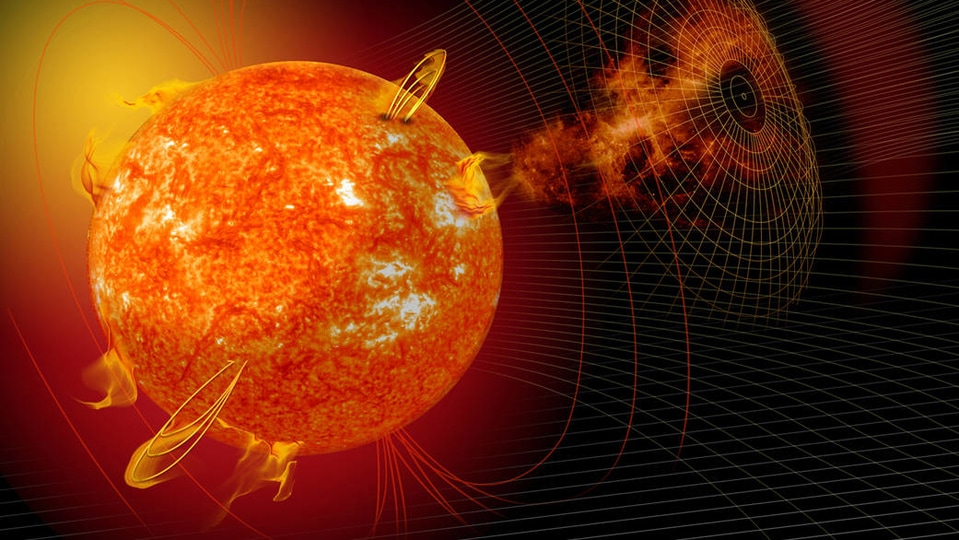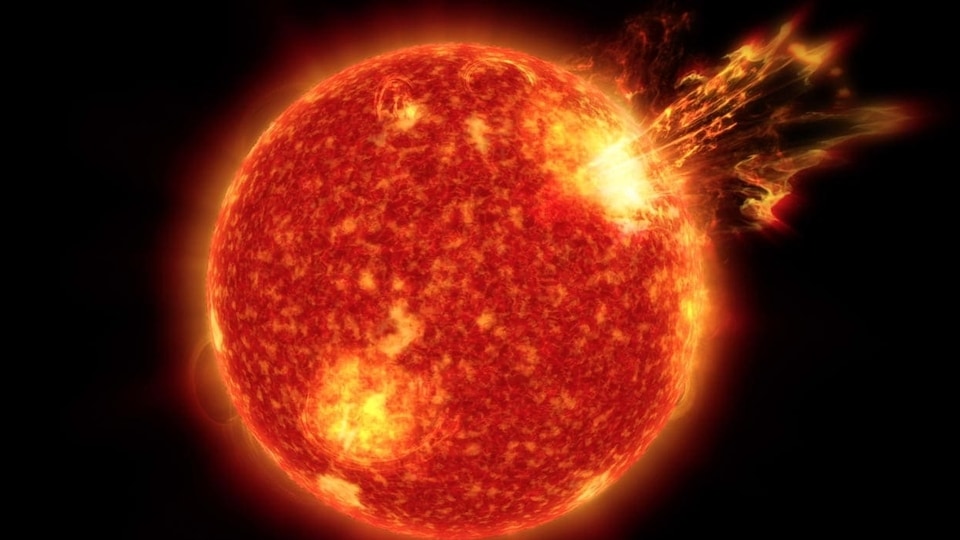ANOTHER solar storm coming? Giant sunspot can blast X-class solar flares today
NOAA predictions state there is a high chance that the gigantic sunspot AR3190 can explode today, January 20, and cause X-class solar flare eruption. Is another solar storm brewing for the Earth?




_1639373804152_1639373815879.jpg)

 View all Images
View all ImagesThe Sun is relentless this month. In just 20 days, we have witnessed two X-class solar flare eruptions, multiple solar storms and a gigantic sunspot that is visible even to the unaided eye. And the situation can now get worse. Earlier, NASA SDO warned that the sunspot was unstable and posed a threat of explosion. Today, the National Oceanic and Atmospheric Administration has predicted that a solar flare can erupt at the heart of the sunspot, with a possibility of yet another X-class solar flare. If this eruption releases extremely powerful coronal mass ejection (CME) particles, we might even see a devastating solar storm in days to come.
The development was reported by SpaceWeather.com which revealed, “NOAA forecasters say there is a 60% chance of M-class solar flares and a 15% chance of X-flares today. The most likely source is giant sunspot AR3190, which is directly facing Earth”. It should also be noted that since the sunspot is directed towards the Earth, any solar activity will be highly geoeffective.
X-class solar flare can hit the Earth today
A solar flare is an energetic burst of light and particles triggered by the release of magnetic energy on the Sun. Usually these are centered around sunspots, areas considered to contain a highly unstable magnetic field. When it explodes, it throws a layer of solar material into space which creates an extremely bright burst of light. This burst also contains a wide range of radiation. And these are so powerful that they can reach all the way to the Earth and cause a shortwave radio blackout. But not limited to this, they can also impact power grids and fluctuate them.
But this is not the end of the trouble. A sunspot as large as AR3190 is also going to throw a lot of CME particles which are large clouds of solar plasma and embedded magnetic fields. When these crash against the Earth's magnetosphere, they cause solar storms on Earth. And if this sunspot explodes, the resultant solar storm can be quite terrifying. It can disrupt GPS, hamper mobile networks and the internet and even cause a massive power outage by corrupting the power grids. Even the electronic devices on Earth are not safe from malfunctioning.
Know how NOAA tracks the Sun
While many space agencies from NASA with its Solar Dynamics Observatory (SDO) to National Oceanic and Atmospheric Administration (NOAA) keep track of Sun-based weather phenomena, one that particularly stands out is the DSCOVR satellite by NOAA. The satellite became operational in 2016 and tracks different measurements of the Sun and its atmosphere including temperature, speed, density, degree of orientation and frequency of the solar particles. The recovered data is then run through the Space Weather Prediction Center and the final analysis is prepared.
Catch all the Latest Tech News, Mobile News, Laptop News, Gaming news, Wearables News , How To News, also keep up with us on Whatsapp channel,Twitter, Facebook, Google News, and Instagram. For our latest videos, subscribe to our YouTube channel.
































